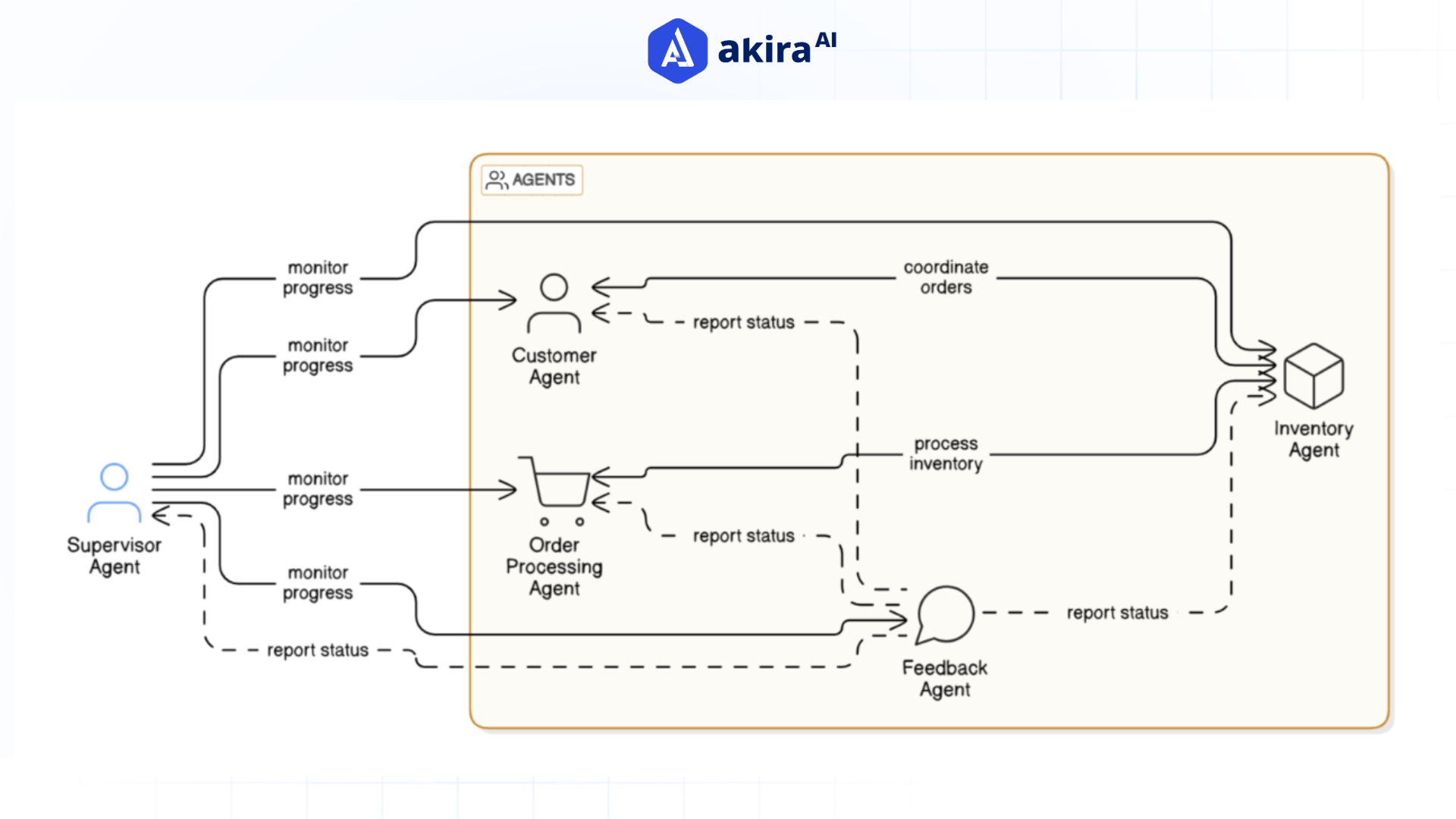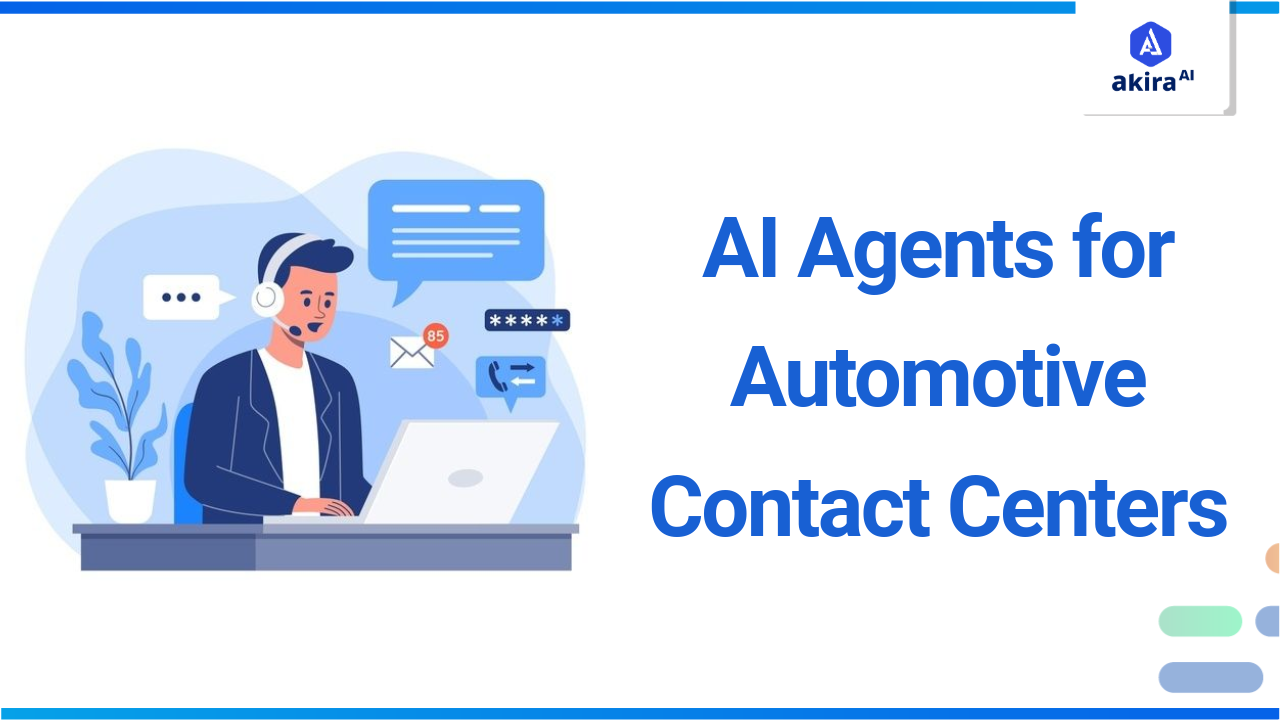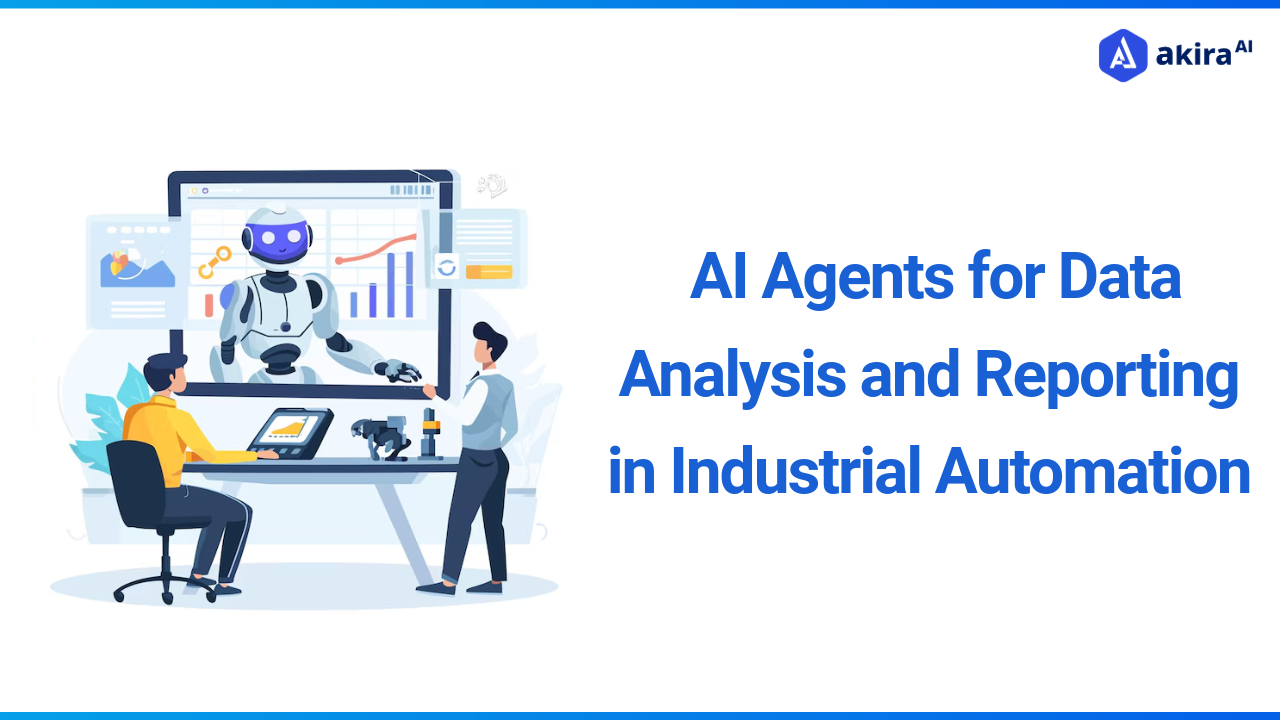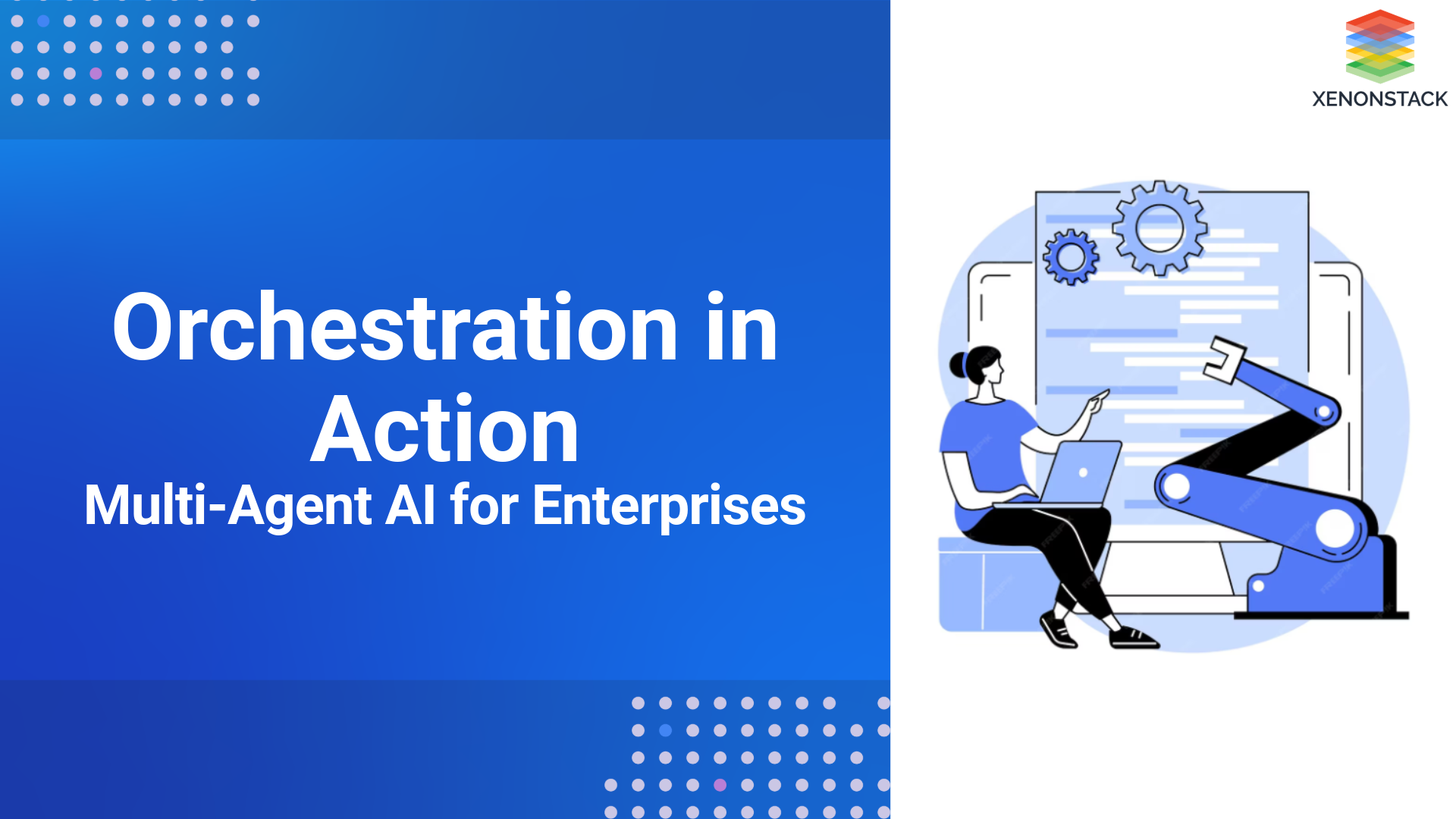Supervision and Coordination: Conducting the Orchestra
Given the presence of multiple agents involved in the learning process you may be curious to know who oversees all the decision-making. Supervision and coordination are crucial in every organizational team so that no anarchy prevails. However, agents must be guided from a wider perspective; otherwise, they operate independently have an associated high-level guidance.

One of them is a supervisory approach with a kind of team leader essentially controlling the process and acting if the situation deviates from the expected norms. This agent is not micromanaging in a sense of counting boxes in the inventory but supervising the main processes. In case of many orders, the customer agent can suggest increasing or decrease supplies or call the attention of the human operator. It means to be a project manager who realizes deadlines while not going into the depths of elucidating each aspect of it.
It is also possible to speak about the coordination with no central coordination body. In Decentralized systems, the agents are organized by means of self-organization based on Goals and Rules of the system. They might allocate tasks in the ‘first come first served’ basis or when there is conflict, they may use the consensus approach. This bottom-up approach of decision making provides flexibility and brings responses to the changes which occur more frequently than plans but that might complicate the issues of predictability and controllability.
Thus, to establish coordination, developers have incorporated feedback loops. This leads to the report of the situation that include the tasks accomplished as well as the reasons the reasons for delay or mistakes made in executing the task. It is as if from morning meetings where each summons the other and rearranges a schedule according to peculiarities. It is also possible to use event logs or real-time dashboards to monitor the overall health of the system with the help of supervisors and agents.
The behaviour of the agents brings out the fact that cooperative behaviour is not instituted immediately. At the beginning of their interaction, they may be prone to transgress or fail to execute handover of patients. But with such trial-and-error practice, they translate to “Gan.” It is procedural, just as in rehearsal where the first scene is performed generally sharply, but all wait for the final act to fully get into it.
Performance Optimization and Scaling: Fine-Tuning the Machine
A truly intelligent Multi-Agent System (MAS) must be able to perform under pressure. It’s not just about automation—it’s about speed, efficiency, and scalability, especially when workloads spike.
To meet enterprise-grade demands, optimization ensures that every agent performs well—even during stress tests—by efficiently managing computation, communication, and coordination.
Optimize Resource Utilization
Each agent in the system consumes processing power, memory, and bandwidth. When many agents query a database simultaneously, bottlenecks can arise—just like a busy kitchen where too many chefs crowd the pantry.
Optimization tactics include:
-
Staging and queuing actions to balance load distribution
-
Local caching of frequently accessed data to reduce query repetition
-
Load balancing to prevent resource exhaustion across nodes
By managing agent workloads smartly, the system remains stable and responsive—even during traffic spikes.
Improve Speed and Responsiveness
Delays in agent communication or decision-making can cause serious inefficiencies. While slow processes are sometimes acceptable, slow responses in real-time systems are not.
To optimize speed:
-
Simplify agent logic (e.g., streamline diagnostic algorithms)
-
Enable parallel processing to allow agents to act simultaneously, not sequentially
-
Use lightweight data structures and efficient protocols
The goal is a system that responds instantly, not one that stumbles under the weight of its own complexity.
Scale Without Breaking
What works in a small setup may collapse at enterprise scale. As operations grow—from one warehouse to ten sites—scalability becomes critical.
To scale successfully:
-
Integrate new agents without disrupting existing workflows
-
Strengthen communication protocols between distributed agents
-
Redesign coordinator agents to manage higher traffic and load
-
Architect for modular growth—like widening a road for more toll lanes, not just adding lanes blindly
Scalability isn’t about adding more—it’s about adding smartly.
Test Rigorously Under Load
Optimization isn’t guesswork—it’s measured through metrics and stress-tested in real scenarios.
Key performance metrics to monitor:
-
Response time – How quickly agents react
-
Error rate – Number of failed or incorrect actions
-
Throughput – Volume of tasks completed per unit time
Bringing It All Together: The Future of Automation
End-to-end process automation is much like a grand performance. Every stage in the workflow is a cast member, each playing a critical role in delivering a seamless outcome.
-
Architecture becomes the stage where the action unfolds.
-
Agents are the performers executing predefined roles.
-
Protocols serve as the script that drives coordination.
-
Supervision acts as the director ensuring the performance stays on course.
-
Optimization is the fine-tuning that perfects the entire system.
Together, these elements create a scalable, resilient, and responsive system capable of adapting to real-world complexity.
Real-World Example: Intelligent Systems in Action
Let’s revisit the hospital scenario. In a well-orchestrated Multi-Agent System (MAS), every step—from scheduling appointments to conducting diagnostics, prescribing medication, managing pharmacy logistics, and handling billing—is interconnected.
These systems don’t just automate routine tasks — they transform operations at scale. For example:
-
In global supply chains, MAS can manage inventory, suppliers, and delivery networks.
-
They can react to real-time disruptions, such as shipping delays or demand spikes.
-
The system adapts dynamically without human micromanagement, boosting agility and trust.
Conclusion: The Power of Multi-Agent Systems in Automation
End-to-end automation using multi-agent systems is not just a technical curiosity – it is an innovative way of doing business and creating competitive advantage. Thus, as if it is a conductor of an impressive orchestra, business can actualize a specific task as a set-up of multiple small and independent agents.
This work supports the architecture of MAS, the specific model of communication and logical control of the processes taking place in the system. It is worth mentioning that those systems if designed effectively can manage dynamic operations across healthcare, logistics, customer support, and a lot more compared to centralized systems.





